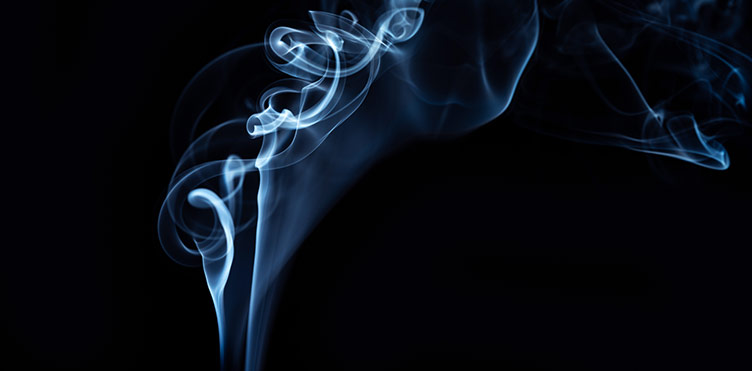E-cigarettes, waterpipes, smokeless tobacco and flavoured tobacco

E-cigarettes and vaping
Vaping is the act of inhaling and exhaling an aerosol produced by a vaping product, such as an electronic cigarette. Vaping doesn’t require burning like cigarette smoking. The device heats a liquid into a vapour, which then turns into aerosol which is breathed in by the user through a mouthpiece. The aerosol is often flavoured and may contain dozens of chemicals and nicotine.
Understanding the risks
Dangers of E-cigarettes and vaping products
Long-term consequences
Vaping as a smoking cessation aid
Waterpipes
Waterpipe, hookah, or shisha all disguise their harmful tobacco smoke in myths of water filters and sweet candy flavors. A single puff from a water pipe (450 mL) is nearly equal to the volume of smoke inhaled from an entire cigarette (500 mL).
Water pipe smokers often falsely believe that this form of tobacco use is less harmful than smoking cigarettes. When hot smoke passes through water at the base of the water pipe, the smoke cools, and is then easily and deeply inhaled by even first-time tobacco smokers. The heavily flavored and cooled water pipe smoke is inhaled in massive quantities. The water’s cooling effect may be more harmful by enabling water pipe smokers to inhale smoke deeper into their lungs.
Water pipe smoking has been associated with elevated risks of lung, lip, mouth, and esophageal cancers. As widespread waterpipe use is a recent phenomenon, large-scale high-quality studies on the long-term health effects of water pipes are still forthcoming. However, health scientists confidently predict that water pipe smoking will cause large-scale sickness and death similar to other forms of inhaled combustible tobacco products like cigarettes.
Smokeless tobacco
Smokeless tobacco, while less harmful than combustible tobacco, is not harmless. More than 40 types of smokeless tobacco products (e.g. chewing tobacco, gutkha, pan masala, snus, chew, etc.) are consumed by nose or mouth, by more than 300 million people around the world. Snuff and snus continue to be attractive to young people, as they often see their favourite sports celebrities chewing tobacco at sporting events.
Flavoured tobacco
The tobacco industry is constantly finding new ways to attract people to use tobacco products. Up until 2016, flavoured tobacco products were available for purchase in New Brunswick and were particularly attractive to young people, as well as non-smokers, trying out tobacco for the first time. New Brunswick banned flavoured tobacco products, including menthol, in 2016, to help lower smoking initiation rates and protect young people from the harmful effects of a lifelong addiction to nicotine.
